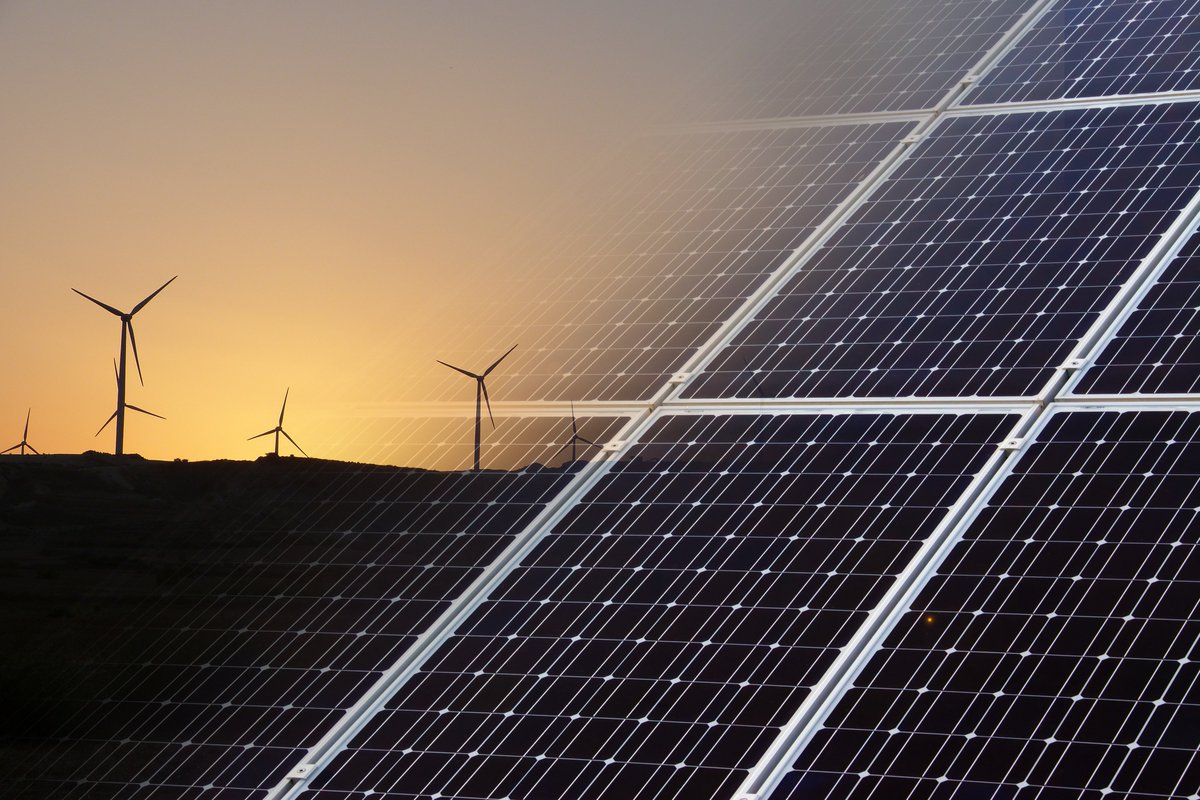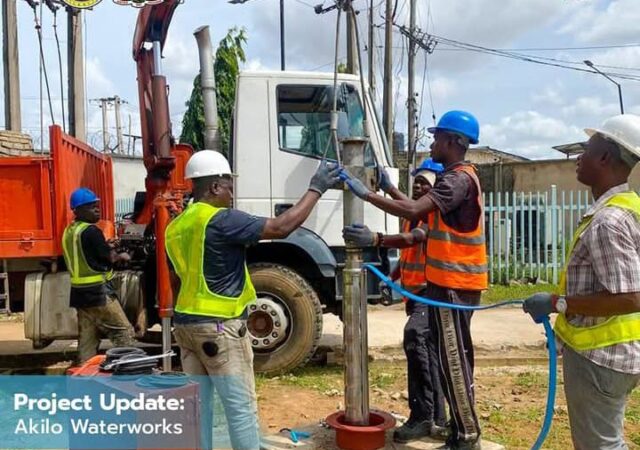Producing renewable energy components, such as wind towers, and gas engine components, as well as assembling solar modules can be done competitively in South Africa. But uncertainty and the big delay in Bid Window 5 means we are in effect starting a new procurement programme.
The announcement by the Independent Power Producers’ Office to accelerate the procurement of renewable energy power plants needs to be carefully managed. There has been mounting pressure for energy policymakers to fast-track the procurement of renewable energy sources, and since President Cyril Ramaphosa took over the reins, energy policymakers have advanced an enabling policy framework for the renewable energy sector in South Africa.
This is evident in the gazetted Integrated Resource Plan (IRP) framework, advances in the regulations in self-generation as well as the options that enable the procurement of electricity directly from independent power producers (IPPs). These are positive milestones achieved in the past two years, but power outages have been more frequent, hence the drive to reduce dependence on Eskom.
It is critically important to be transparent about all possible options for the South African energy transition path. The energy industry has called for an easing of self-generation licensing requirements, for the 1 megawatt threshold to be increased to 50MW. Amending these regulations will result in reduced power demand on power utilities such as municipalities and Eskom.
Furthermore, larger municipalities and metros are likely to procure power directly from IPPs since they have comprehensive balance sheets and the financial means to source power outside Eskom. What does this inevitable change mean for Eskom, which still needs to pay off more than R480-billion in debt?
Irrespective of the changes in energy supply, Eskom will need to continue servicing its debt, 10% of which is outstanding from municipalities. This means that even if all municipalities that owe Eskom were to pay their debt today, there would still be a large shortfall. For this reason, all power generation sources will need to be carefully managed, especially if Eskom will play a coordinating role.
Overreacting to power-demand pressures can have unintended consequences. We need to ask: “How did Ghana move from not having enough power five years ago to being burdened with a huge energy bill as well as too much electricity?” Ghana’s experience is a warning for countries that find themselves unable to meet their power demand. Alternative power procurement processes need to be comprehensively monitored, and these are valuable lessons for the South African energy sector. Policymakers need to cautiously execute energy reforms with stringent monitoring and evaluation.
Moreover, the “stop-and-go” in the renewable energy programme has resulted in many SMEs that were established to service the sector going bust. This means that Bid Window 5, for which the renewable energy industry has waited for more than five years, would be like a new procurement programme. The prospects for localisation opportunities would have to start from scratch, particularly component manufacturing and assembly plants.
However, the local-content policy can be used to intensify local manufacturing. While it is understood that the renewable energy sector would not completely replace coal-economy job opportunities, there is a need to optimise benefits resulting from the energy transition. The procurement of the anticipated renewable energy projects will need to gradually put together the pieces for localisation opportunities.
There are components such as wind towers, along with those for gas engines, that South Africa can produce competitively, along with assembly of solar modules. Nevertheless, this will be like writing a new chapter in the South African renewable energy industry. Energy policy certainty is significant for boosting investor confidence, this means policymakers will need to go the extra mile to give comfort to potential investors who want to set up component-manufacturing factories. Investors are likely to reassess the probability of “stop-and-go” and ultimately decide whether to invest, especially in areas that are not directly generating electricity.
The renewable energy market has continued to grow, and this can position South Africa to lead the deployment of renewable energy technologies in the Southern African Development Community and sub-Saharan regions. This can also contribute to component supply that is not limited to the domestic market.
Thus it is critically important to continuously assess policy implementation in line with the procurement plan contained in the IRP, as well as the country’s projected power demand. DM
Stanley Semelane. Senior researcher, Climate Services, with the CSIR’s Holistic Climate Change Impact Area







